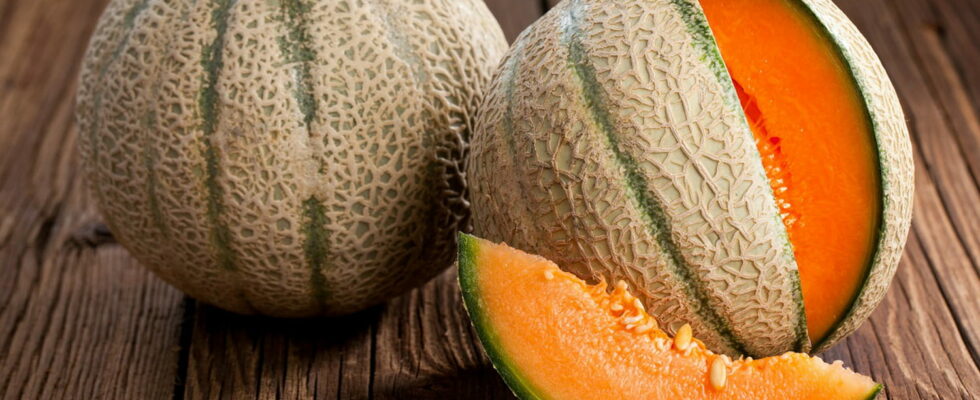Melon is undoubtedly the king of summer, especially since it can be enjoyed in several ways! But how can you be sure to choose the most fragrant and sweetest one? Here’s what you need to know to choose the best one.
Melon is one of the stars of summer on the tables. As a starter or dessert, alone or in a salad, this colorful and fragrant fruit is a treat for the taste buds, especially since it brings a dose of freshness that is often welcome. However, it is not easy to select a perfectly ripe melon when you are in front of a shelf, at a market, at a greengrocer’s or in a supermarket. Between those that are too hard, too soft, too bland or too sweet, you can easily be disappointed when tasting it. And out of the question to open it before buying, obviously!
Even the name is not a guarantee of quality! So, in stores, you often see the words “yellow Charentais melon”. This is enough to be certain of the origin of the product. Except that it is a commercial name, and not a real label. In fact, “Charentais” melons are produced throughout France and even elsewhere. Above all, do not buy the “green Charentais”, which are generally produced in Spain or Morocco, and are therefore picked before maturity in order to withstand the journey.
Fortunately, there are several details to take into account to choose a “good melon”. Simple criteria that connoisseurs have been using for ages to buy without making a mistake.
The first thing to do is to weigh the fruit. In fact, the melon’s density increases throughout its maturation. Also, the heavier the melon, the riper and sweeter it is. Thus, out of two melons of identical volume, the heavier one will certainly be the riper one and the best to taste.
You should also pay attention to the color of the cucurbit, which should be green while tending towards yellow. If it is too green, it means that it is under-ripe, while yellow, on the contrary, reveals over-ripeness. The peduncle – the “tail” of the melon – is also a good indicator. There should be a small crack around it, or it should even start to come off.
One of the reflexes that we often find is to smell the melon and bet on the one with the sweetest and strongest smell. This is indeed an indicator of quality and maturity. However, this is not a 100% reliable criterion because, when you are in a large section with many melons, a strong smell is undoubtedly released, without it necessarily belonging to the melon that you have chosen.
Finally, there is the issue of stains. As a general rule, we avoid damaged fruits and vegetables, but the case of melons is a little special. Indeed, there is often a small stain on all melons, which appears in the form of a yellowish halo. This is in no way a sign of any rotting, nor even a guarantee of quality. It simply indicates the place where the cucurbit was in contact with the ground. No need to pay attention to it!
